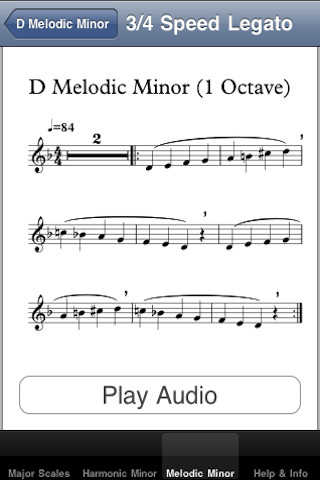

These cookies help provide information on metrics the number of visitors, bounce rate, traffic source, etc. Lower Register Lower register chromatic Upper Register Upper register chromatic As you get more advanced: The bottom and Top Notes Bottom and top notesĪnalytical cookies are used to understand how visitors interact with the website. The first one in each case can be considered the “regular” fingering. In some cases alternative fingerings are shown. Here we have all the notes of the lower and upper registers including the sharps and flats (AKA the chromatic scale) (The octave key is the immediately above the left hand thumb rest) Upper register key of C First steps: Basic Fingering charts (with all sharps and flats) Lower Register Lower register key of C Upper Register

For more alternative fingerings see here.On this page we only show the standard range of the saxophone (up to F on older instruments and up to F# on many newer ones) but we also have a chart of fingerings for the extended (altissimo range) The fingerings here are good for beginners to learn, but there are some more alternative fingerings. On this page I have only included the most common fingerings and a couple of alternative fingerings for the standard range.

Of course, because the saxophone is a transposing instrument, the same fingering chart applies whether you play soprano, alto, baritone or tenor saxophone.Īfter that we have charts for the other notes. These are ideal for absolute beginners who don’t want to be overwhelmed by the entire chart of all fingerings.



 0 kommentar(er)
0 kommentar(er)
